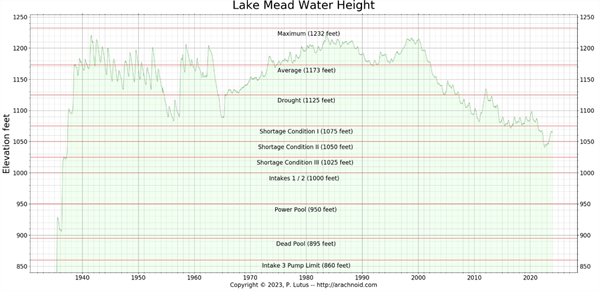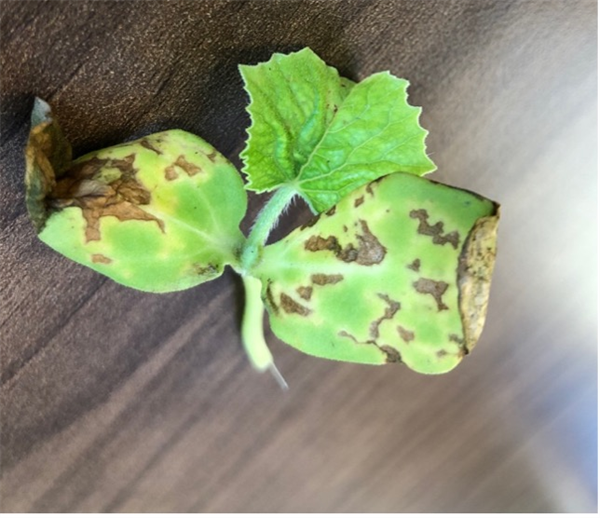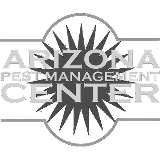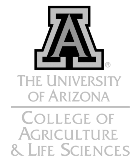-
Feb 5, 2025Don’t Forget Corn Earworm in Lettuce
Local temperatures are expected to increase significantly in the next two weeks and insect activity should also start to pick up. So far, aphids have been very active, and thrips abundance has been seasonally low. Worm pressure has been light in the field for the past month or so, but it would be wise to keep an eye out for Corn earworm (CEW). In the past, unusually high CEW abundance has occurred on late head lettuce, particularly in the Dome/Wellton areas. Our areawide trap catches show that moth counts have been nearly bottomed out for some time. However, we did see an increase in CEW trap captures in Tacna and Dome Valley last week (>1 moth/trap/night). This is above normal for early February (see Areawide Trapping Network) and could be the calm before the storm given our warming temperatures. In previous spring seasons when lettuce was heavily infested with CEW larvae, trap catches started to increase in February and peaked in March. These increased trap counts should be an early indicator that CEW moths are actively flying at night at higher abundance, mating, and laying eggs.
We all know that CEW can be very damaging in spring crops once head formation begins; larvae will usually bore into the head 1-2 days upon hatching. CEW is much more likely to bore into lettuce heads than other Lepidoptera larvae, rendering the heads unmarketable. If fields are not watched closely, infestations may not be noticed until the head is harvested. Once inside the head, control of larvae with currently available insecticides is not possible. Thus, pay careful attention for newly oviposited eggs (laid singly) on lettuce plants. If you are beginning to find eggs and suspect that CEW are active in the field when plants are beginning to head, it would be a good idea to treat at regular spray intervals (~ 7days). The UA nominal threshold for CEW in head lettuce from early heading to harvest is 1-2 larvae / 100 plants. Essentially, you find one, you spray. Repeated insecticide treatments may be required to maintain low population levels near harvest. Most contact insecticides recommended for Lep larvae are active against CEW. Furthermore, the addition of a pyrethroid with thrips, aphid and/or fungicide sprays may be cheap insurance against larvae infesting heads as you approach harvest. For more information on CEW management and control recommendations see Corn Earworm Management on Desert Produce and the 2025 Lep Control Chart.
 To contact John Palumbo go to: jpalumbo@ag.Arizona.edu
To contact John Palumbo go to: jpalumbo@ag.Arizona.edu










